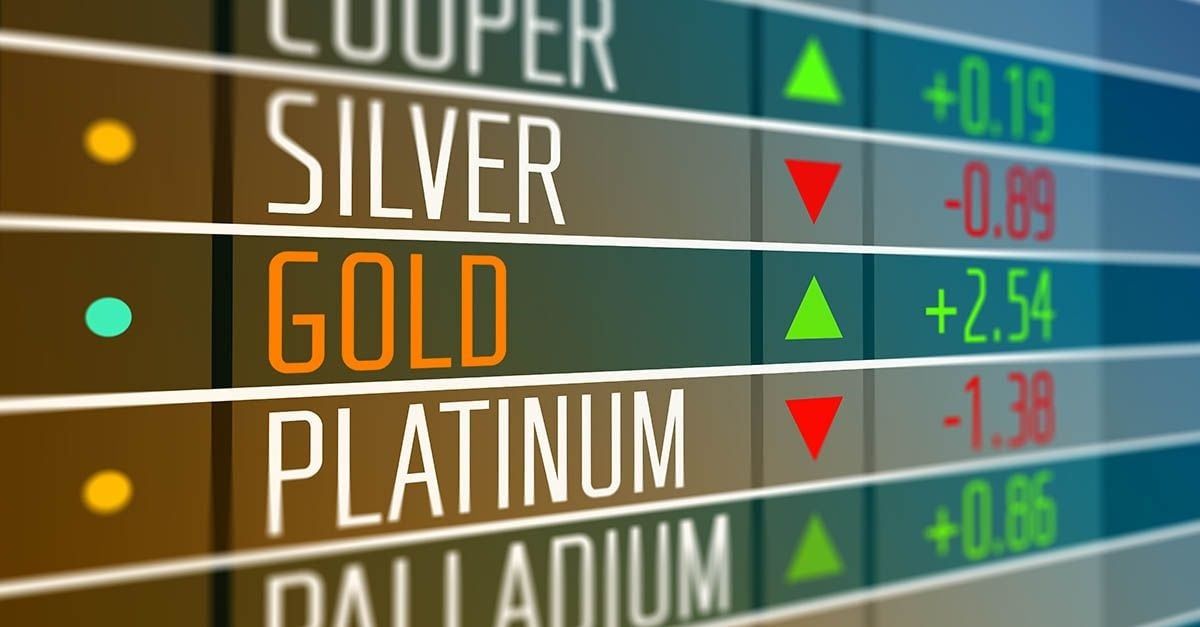
Gold investment guide
Good as gold Benefits and Risks of Gold Investment: A Comprehensive Guide to Making Informed Investment Decisions and the Factors that Drive Gold Prices: How Economic Conditions, Geopolitical Events, Currency Fluctuations, and Investor Sentiment Impact Your Gold Investment
Gold is a popular investment option, as it is seen as a safe-haven asset that can provide a hedge against inflation and economic uncertainty. Here are some key points to consider when investing in gold:
Ways to invest: There are several ways to invest in gold, including physical gold such as bullion, coins, and jewelry, gold exchange-traded funds (ETFs), and gold mining stocks. Each investment option has its own pros and cons, so it is important to research and consider the risks and benefits of each option.
Risks and Benefits: Investing in gold can provide a hedge against inflation and economic uncertainty, as gold tends to hold its value during times of market volatility. However, gold can also be volatile, and its value can fluctuate based on factors such as global economic conditions, supply and demand, and geopolitical events. In addition, physical gold requires storage and security, which can add to the overall cost of ownership.
Diversification: Investing in gold can be a way to diversify your portfolio and reduce overall risk. It is important to have a well-diversified portfolio that includes a range of asset classes, such as stocks, bonds, and alternative investments.
Timeframe: Gold is generally considered a long-term investment, and it is important to have a long-term investment horizon when investing in gold. Short-term fluctuations in the price of gold can be significant, so it is important to be patient and focus on the long-term potential of the investment.
Gold prices can be influenced by a range of factors, including economic and geopolitical conditions, interest rates, currency fluctuations, and investor sentiment. Here are some of the main factors that can impact gold prices:
Economic conditions: Gold prices can be influenced by economic conditions, such as inflation, interest rates, and economic growth. Inflation tends to increase demand for gold as a hedge against the declining purchasing power of currency, while rising interest rates can make other investments more attractive and reduce demand for gold.
In 2020, the COVID-19 pandemic and resulting lockdowns caused a significant drop in economic activity and led to massive stimulus measures by central banks around the world. This created uncertainty about the future of the global economy, which led to an increase in demand for gold as a safe-haven asset.
Geopolitical events: Gold prices can be influenced by geopolitical events such as wars, political instability, and natural disasters. These events can create uncertainty and volatility in financial markets, which can increase demand for safe-haven assets such as gold.
In 2019, tensions between the US and Iran escalated, with the US killing a top Iranian general in a drone strike. This led to fears of a wider conflict in the Middle East, which increased demand for safe-haven assets such as gold
Currency fluctuations: Gold prices can be influenced by fluctuations in currency values, particularly the US dollar, as gold is priced in US dollars. A stronger US dollar can make gold more expensive for buyers in other currencies, which can reduce demand and put downward pressure on prices.
In 2018, the US dollar strengthened significantly, which made gold more expensive for buyers in other currencies. This led to a decrease in demand for gold and a drop in prices.
Investor sentiment: Gold prices can be influenced by investor sentiment, particularly in times of market volatility or economic uncertainty. During times of uncertainty, investors may turn to gold as a safe-haven asset, which can increase demand and push prices higher.
In 2011, during the height of the European sovereign debt crisis, investors turned to gold as a safe-haven asset, which pushed prices to record highs. The fear of a potential collapse of the eurozone and a global recession led to a surge in demand for gold.
Read More
-
GPIX ETF At $52.52: 8% Yield And Dynamic S&P 500 Income Upside
13.12.2025 · TradingNEWS ArchiveStocks
-
XRP ETFs Surge Toward $1B As XRPI Hits $11.64 And XRPR $16.48 With XRP Near $2
13.12.2025 · TradingNEWS ArchiveCrypto
-
Natural Gas Price Forecast: NG=F Hovers Near $4.07 Support After 22% Weekly Slide
13.12.2025 · TradingNEWS ArchiveCommodities
-
USD/JPY Price Forecast - Dollar to Yen at 154–158 Range as BoJ 0.75% Hike and Fed Cut Debate
13.12.2025 · TradingNEWS ArchiveForex



















